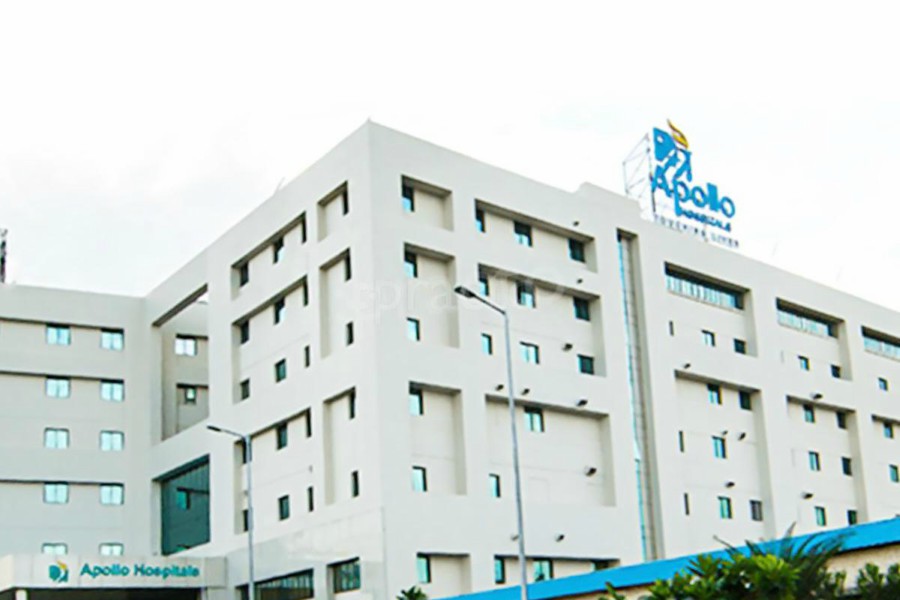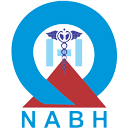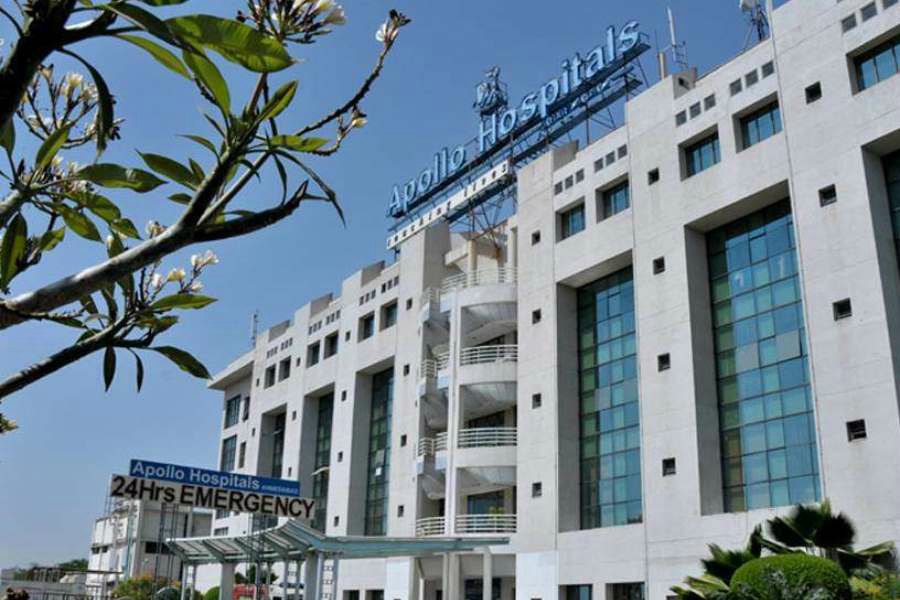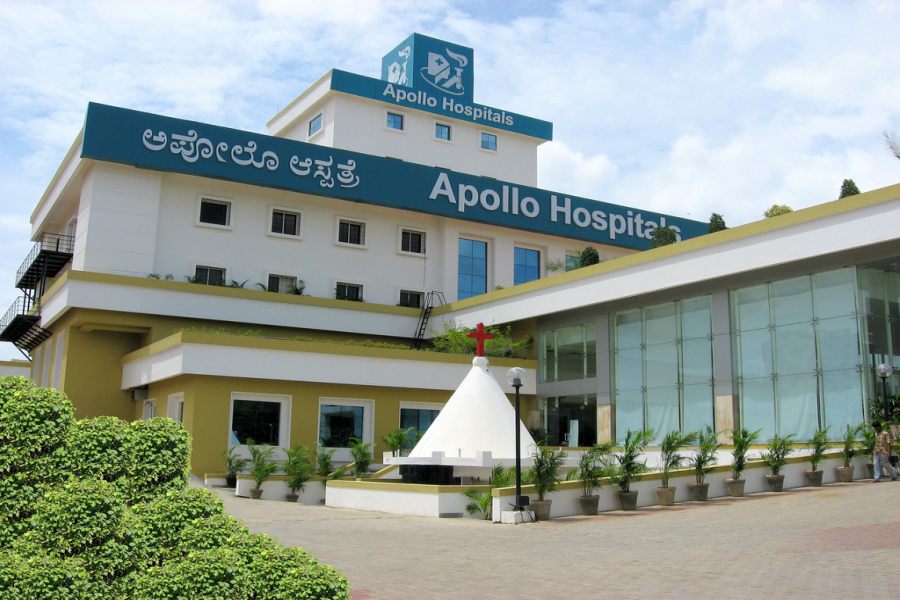
Two to three decades of a healthy life, then followed by five decades of weaker physical and mental health, that’s life for most of us. Time spares nothing; with age every nook and cranny of the body gets affected. Changes in the face, like hollow cheeks and deep grooves from the corner of the mouth are the classic signs of ageing. Some people celebrate their age with the appearance they have, and some postpone these natural changes by undergoing facial fat transfer.
Overview
Facial fat transfer is a procedure in which fats from one part of the body is removed and transferred to the face. The main aim of this procedure is to:
- Have a younger look
- Reduce scars on the face
- Improve facial volume
- Reduce facial lines
- Correct deep and hollow cheeks
ELIGIBILITY
People who are healthy with no serious medical conditions are eligible for facial fat transfer. However, good candidates for facial fat transfer are the individuals who:
- Have a healthy body weight
- Have sunken cheeks, lower eyelid bags, and thin lips
- Do not smoke
- Have realistic expectations with the procedure
PREPARATION BEFORE PROCEDURE
During the first consultation, the doctor will review the past medical records of the patient. You will be briefed about the procedure and its outcomes. A physical examination is done to determine if you have an adequate amount of donor fat; if not, then the doctor will suggest you to gain weight before undergoing surgery.
For a better outcome with the surgery, the patient is advised to follow the instructions given below:
- Stop smoking several weeks before the procedure
- Do not take any medicines that increase the risk of bleeding during and after the procedure
- Inform the doctor about the use of current medications, vitamins, and mineral supplements
ABOUT PROCEDURE
A small cut is made at the donor site (region from where the fat is collected) under the influence of local anaesthesia. Now, the surgeon collects fat by inserting a cannula connected to a syringe. Fat purification is done to remove the blood or any damaged cells within it. Once the fat cells are prepared, the surgeon will slowly inject the fat into the face where volume enhancement is required and distribute it evenly. This process is continued until the desired result is achieved.
POST-PROCEDURE CARE
Pain, swelling, bruising, and redness of the skinare common at both the donor region and treated region for a few days. A cold compressor may help in managing swelling during the first few hours after the surgery. You are advised to take certain medicines to manage pain and swelling.
RECOVERY TIPS
The doctor will give the following instructions for a quick recovery:
- Avoid massaging the face for a few days
- Avoid facial exercises
- Maintain stable body weight
- Include a diet rich in healthy fats, such as salmon, almonds
- Do not expose to sunlight until redness and swelling subsides
- Do not smoke
- Drink plenty of fluids
- Take the prescribed medicines
- Visit the doctor as scheduled to assess the outcome
- Consult your doctor if you have pain, swelling, or redness for more than two weeks
FACTORS AFFECTING COST
The cost of facial fat transfer varies based on the area/areas to be injected, and the type of anaesthesia used.
FAQ
The fat cells once injected in the face, establish a blood supply and act like other existing fat cells. If you lose or gain weight, the cells will shrink or expand and affect the overall appearance of the face. Therefore, it is advised to have a stable weight after the surgery.
If desired results are not achieved, a second procedure can be performed, but not before three months of the first procedure.
In rare cases, facial fat transfer may cause the following complications:
- Bleeding
- Infection
- Damage to the underlying blood vessels and nerves
- Clumping of the graft
- Overcorrection or under correction
The results of facial fat transfer last for a year or more. Sometimes, it is seen that the results may even disappear in 3-6 months. Therefore, to maintain the results, repeated injections may be required.
Depending on the patient’s condition, the recovery is usually seven to ten days.


 Best Hospitals
Best Hospitals












